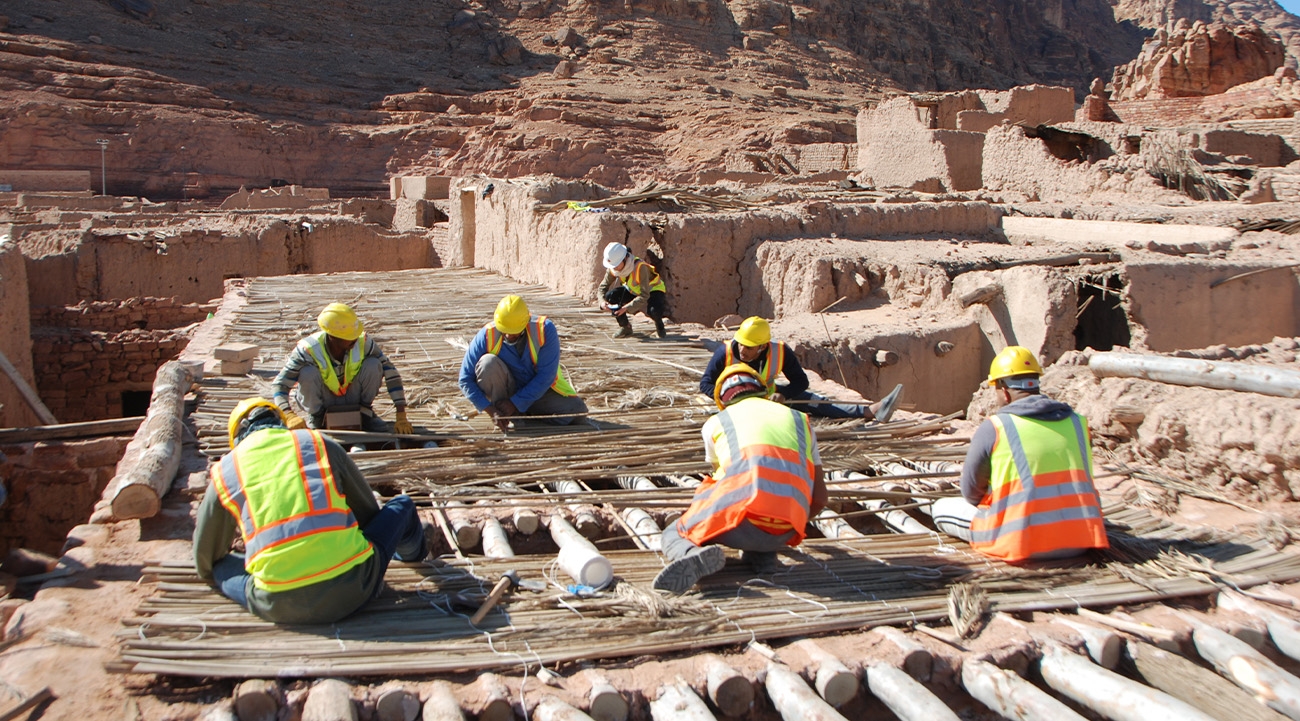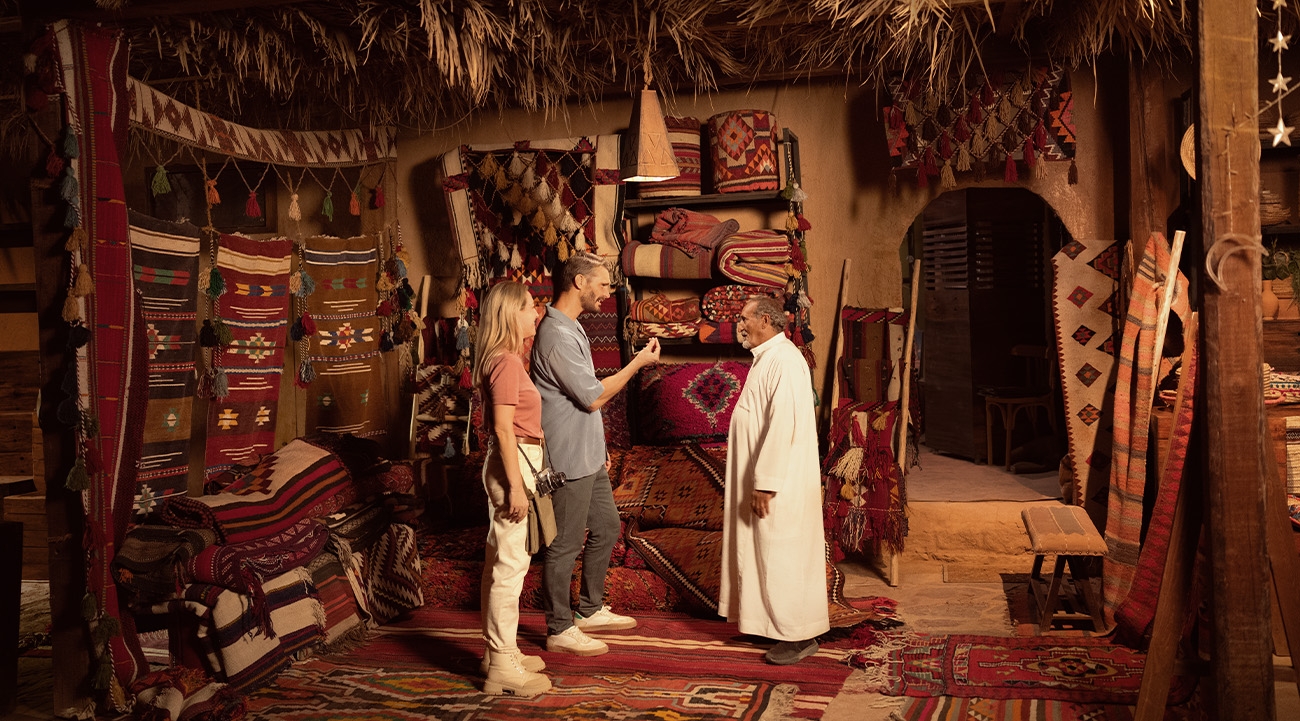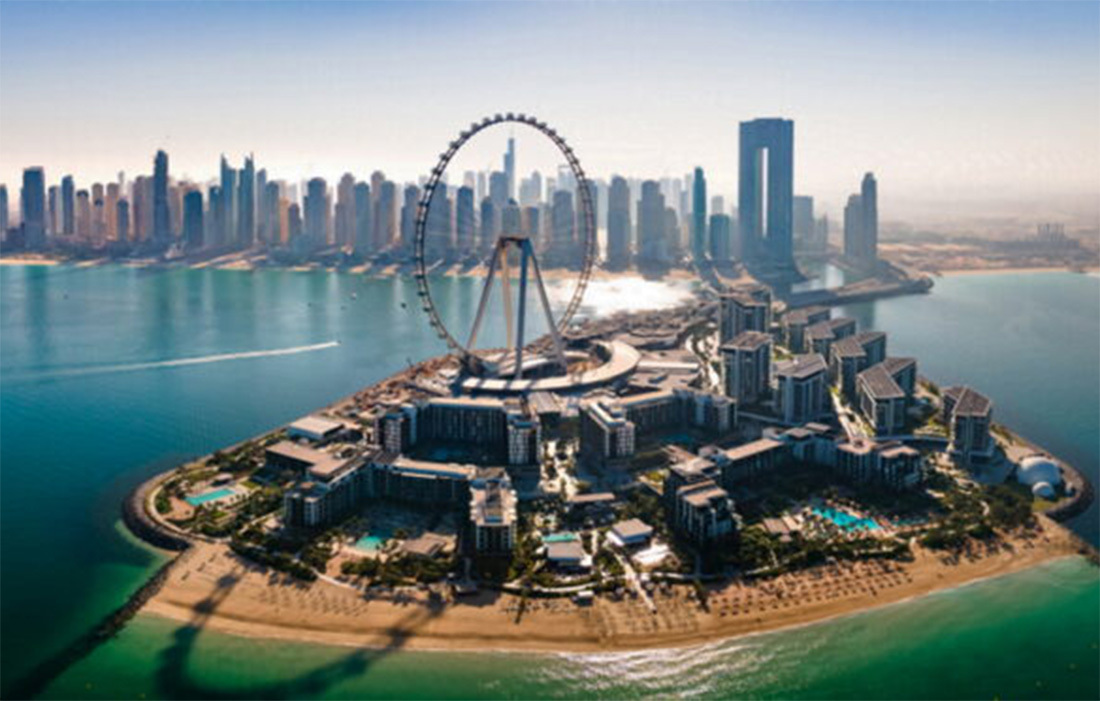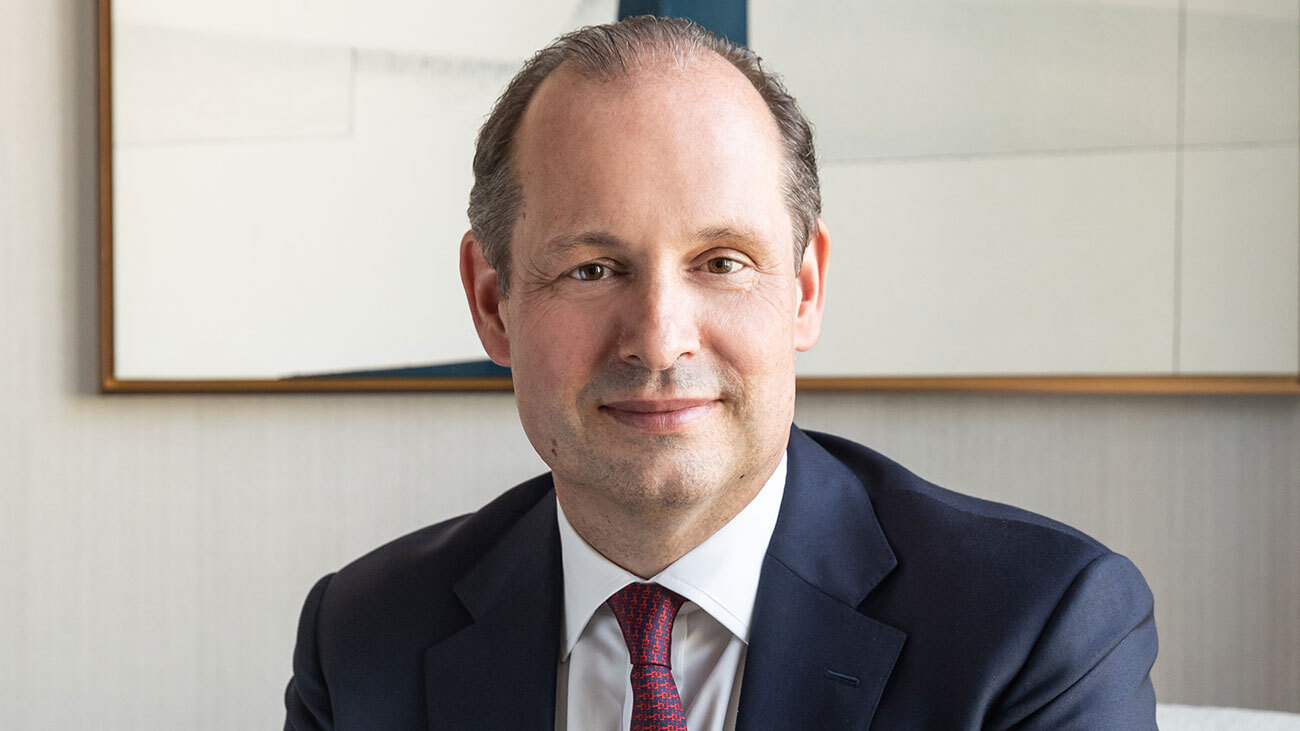History in the making: Uncovering ancient stories in AlUla
This is the most incredible archaeological landscape and cultural heritage resource I’ve ever seen,” says archaeologist Adam Ford, as he stands against a backdrop of colossal red rocks, honeycomb sand and lush-green date palms. “And it’s probably one of the few places in the world that most people don’t know exists.”
We’re exploring the excavations of Dadan – AlUla’s mysterious ancient city and a once-thriving economic powerhouse that lay buried beneath the desert for more than a millennia. Believed to date to at least 800BC, this site was the former capital of the Dadanite and Lihyanite civilisations – two of the most important ancient kingdoms in Arabian history.
“Home to a natural oasis that allowed agriculture to flourish, Dadan rose to power as a key stopping point on major trading routes including the Incense Road,” says Ford. Merchants would pay tolls to pass through Dadan, fuelling up on food and water while transporting highly prized frankincense from trees in southern Arabia into Egypt and the Mediterranean. It became one of the region’s wealthiest cities and one of its biggest trading hubs – a metropolis whose prominence has since been described as the ancient equivalent of modern-day London or New York.

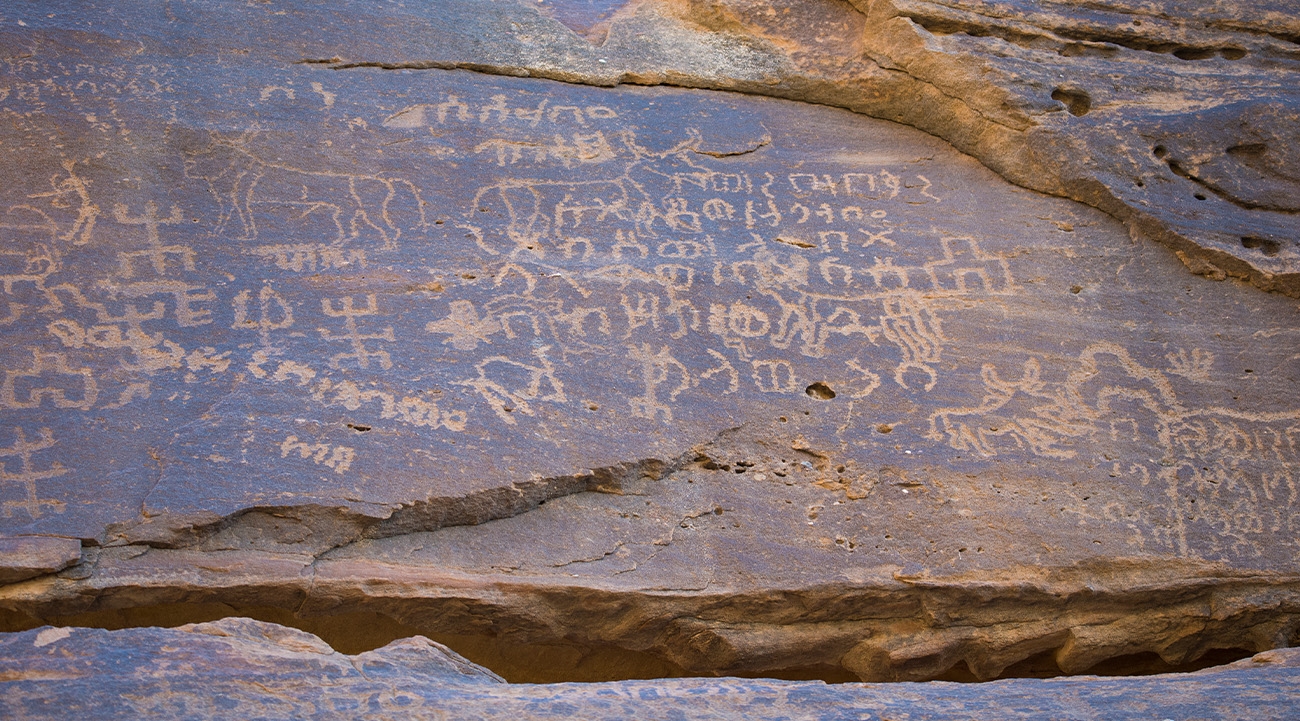
A lost city
Today teams of archaeologists from around the world are working in partnership with the Royal Commission for AlUla (RCU) to unearth the remnants of this lost city. A giant sculpture depicting a Lihyanite king is currently on display at the Louvre in Paris, counting among several other, less intact statues and relics that have also been excavated.
Just outside the main excavation site, two 50-metre-high tombs hewn into the rock sit guarded by intricate lion sculptures. But it’s just the beginning of the work here. “We estimate that less than 5% of Dadan has been excavated,” says Ford. Last year, a prehistoric stone axe was found, suggesting evidence of human occupation in AlUla more than 200,000 years ago. “We aren’t just adding to existing knowledge and stories,” he says. “We’re writing new chapters.”
Ancient inscriptions
It’s not just the excavations uncovering the stories of these ancient civilisations. Formed from groups of disparate nomads who brought diverse cultural influences, the Dadanites developed their own art and language. Today their petroglyphs are clustered in the nearby valley of Jabal Ikmah, an ‘open library’, home to the largest collection of preserved Dadanite and Lihyanite inscriptions in the world.
On a visit to this otherworldly site, we glimpse the intricate carvings first-hand, admiring row upon row of elaborate symbols and images (from string instruments to ostriches), etched into a cluster of huge, burnt-orange rocks, telling stories of how these communities once lived.


Discovering Hegra
It’s not only the site of Dadan that has us intrigued, though. The following day we visit Hegra – AlUla’s crowning glory and Saudi’s first Unesco World Heritage Site. Taking over from the Dadanites and Lihyanites, the nomadic Nabataeans settled here in the first century BC. They made it their second capital after Petra, and today it’s the largest conserved Nabataean site south of its better-known sibling. Hegra is best-known for its 111 tombs, which sit carved with impressive precision into huge, biscuit-hued boulders.
We explore them on a private, vintage 4x4 tour in the company of local rawi Amal, as we learn how their architectural style was influenced by ancient Greeks and Romans. Inscriptions, sphinxes, eagles and other symbols decorate the entrances, while sets of stairs line the top of each façade. They’re all remarkable in detail, but it’s the Tomb of Lihyan, son of Kuza, that most impresses. Built separately from the rest, this imposing, castle-like mausoleum towers 72ft above the sand.
As we gaze up at this striking monolith, marked out with elaborate columns and glowing a deep, ruby gold beneath the sunset, I’m humbled and in awe. How the Nabataeans achieved these feats more than two millennia ago is nothing short of mind-blowing, and it’s a telling glimpse into the sheer ingenuity of this mysterious, all-powerful civilisation.
Old town revival
AlUla’s heritage isn’t limited to its archaeological sites, of course. For a peek into the city’s newer history, we visit the Old Town – an atmospheric, honey-hued cobbled quarter that was occupied from the 12th century until the 1980s, when residents were provided with modern houses and electricity in a newer part of the city. The neighbourhood has since been restored and reopened to visitors in 2020, with many of its traditional mudbrick houses turned into shops, cafes and restaurants.
We climb to the top of the sandstone-built AlUla Castle to see its labyrinth of mud dwellings from on high, then amble along Market Street, where acoustic music plays softly from the speakers beside glowing lanterns, artisanal boutiques and market stalls. Afterwards, we wander to the newer, pedestrian-only AlJadidah Arts District. Here colourful street art murals meet trendy galleries, coffee shops and food trucks, offering a glimpse into AlUla’s more contemporary side.
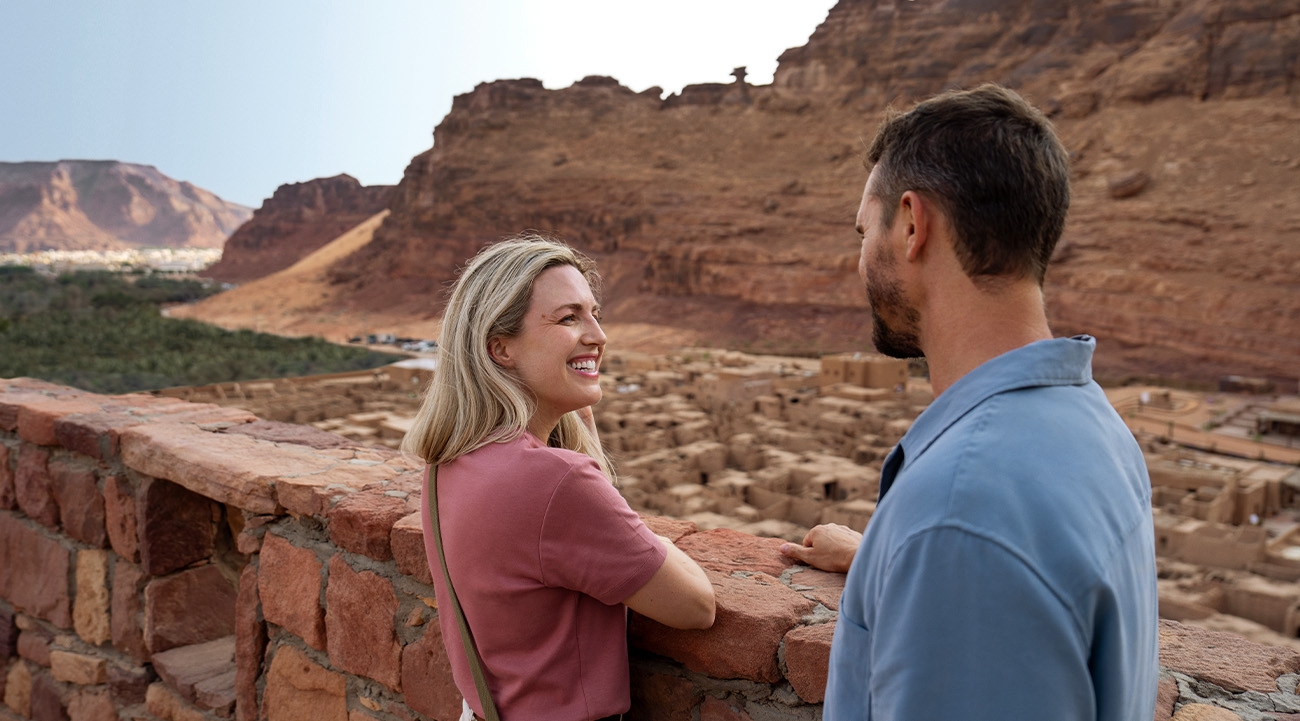

Past and present
That celebration of old and new is all part of AlUla’s charm – and it’s reflected in the culture and people. On our final evening here, we meet with a group of local women; elders born in AlUla, who have seen it develop and change over the years. They welcome us with open arms, reminiscing about life in the Old Town with tangible pride, while telling us how they’re excited about the RCU’s projects.
“Growing up in AlUla, we were like one big family – we were a tight-knit community and very closely connected to one another,” says one of the women, Tahani Alghaithi. “Now we’re proud of our heritage and traditions, but we’re also excited about what’s to come. We love how the heritage is being kept alive while new things are being added. The Old Town has been brought back to life, with more people coming now. We used to climb the rocks of AlUla and play in the mountains, and now we’re excited to share this nature with visitors. We want tourists to spread the word about the beauty and heritage here, and to feel welcome in our culture.”
As we’re offered handfuls of dates, cakes and Arabic coffee, I do feel welcome. But of course, in a place whose history is hewn from its position as an ancient, cultural crossroads – where omnipotent civilisations were formed from nomadic Bedouins and merchants – that openness to travellers is just part and parcel of AlUla’s intriguing, still little-known, heritage.
